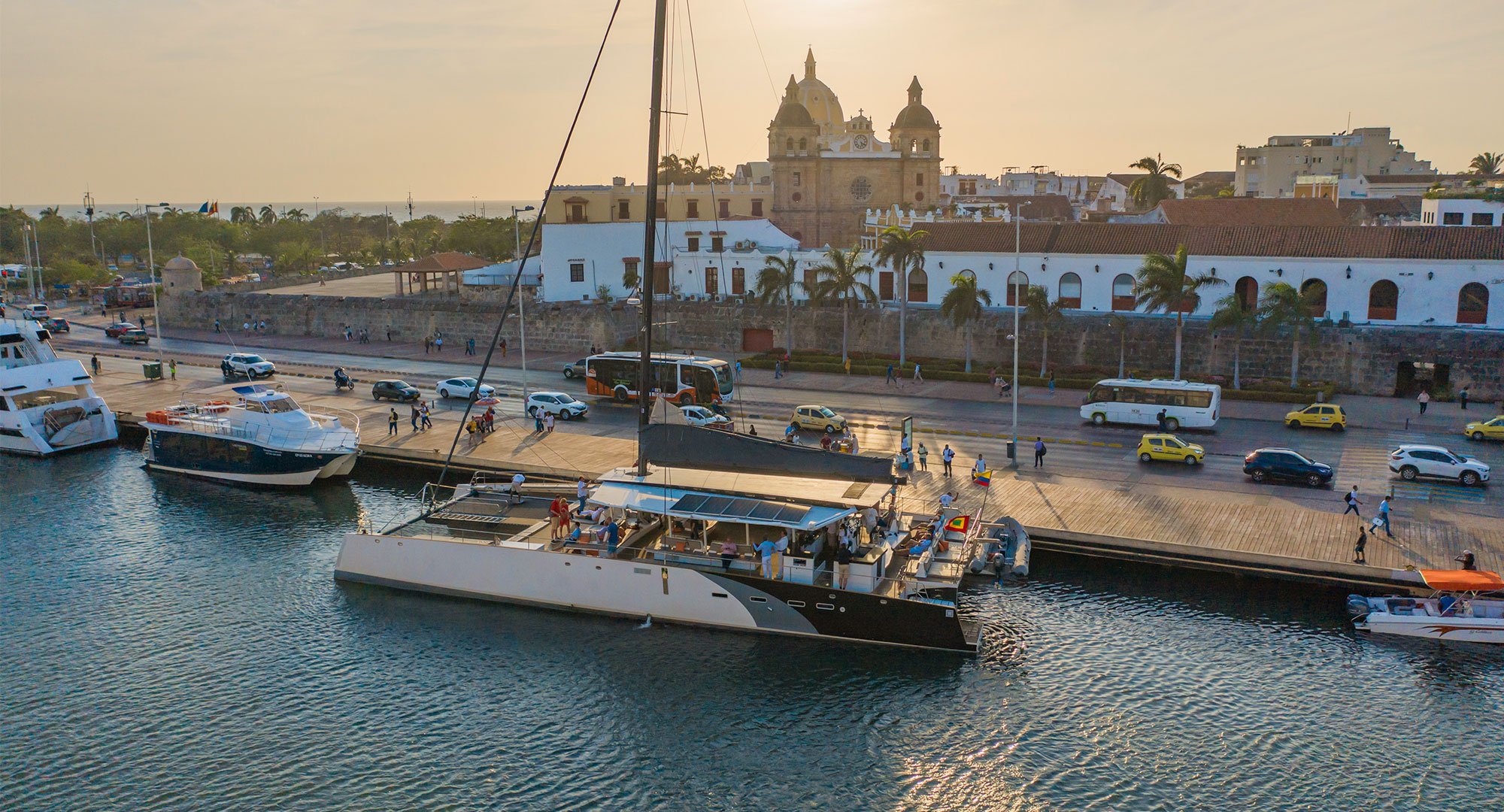Rebuilding Tourism for the Future
Three sustainable tourism lessons we still have to learn from the pandemic.
Discovering the culture of the Colombian Eastern Plains with Awake Travel and USAID - an example of low-volume, high-value community tourism in action.
Written by Cristina Arbeláez
When the outbreak of the COVID-19 pandemic caused tourism to come to a halt, industry leaders rapidly changed their pessimistic attitudes for more reflective and optimistic outlooks of the pandemic, presenting a unique opportunity to transform tourism and move towards a more inclusive and sustainable sector. After a decrease in carbon emissions and a return of wildlife to previously overcrowded attractions, a lot was said about the industry's collective responsibility to protect our planet.
Now that vaccines have helped to decrease contagion and most of us have learned to live with the virus, it's a good time to look back and reflect: Are we genuinely building back better?
Unfortunately, the answer is not a clear 'yes.' After the significant economic effects of some prolonged lockdown measures and border closures, destinations rushed to get their travel industries back up and running. While extremely necessary, this led to most organizations and businesses prioritizing going back to business as usual instead of promoting more structural transformations and reactivating the industry in a greener, fairer, and more positive way.
It cannot be denied that health and hygiene protocols, large-scale digital adoption, remote work, seamless travel journeys, data collection, and social media marketing are now widespread practices in the tourism industry due to the pandemic. However, we have yet to act upon some of the sustainability lessons that COVID-19 brought to our attention. If we want to start shaping the beautiful future that most of us dream of for this sector, we must take action.
We need to stop rethinking the tourism of the future and start rebuilding tourism for the future. So, let's bring back some of these lessons:
1) Quality Trumps Quantity
The COVID-19 pandemic presented a situation where, for the first time, destinations could not as easily strive to attract a large number of tourists and were forced to prioritize the quality of visitation over the number of visitors to prevent contagion. While this principle could have translated to tackling over-tourism and detrimental industry impacts in a post-pandemic scenario, today, we see a return of mass tourism to popular and traditional destinations, and many brands still operating on volume models.
The leading indicator used to measure the reactivation of the sector is still the number of visitors. Unfortunately, this metric has often resulted in goals that favor mass tourism rather than high-value tourism that maximizes financial yield, is of greater benefit to local communities and reduces environmental impacts. Except for the additional focus on jobs and spending, no government - as far as I know - is measuring the sector's reactivation in terms of better tourism, greener practices, reduced carbon footprint, or retention of tourism revenues within local communities.
Community-driven ecotourism projects like those in Casanare, Colombia, which we worked on with Awake Travel and USAID, are a perfect example of quality over quantity.
2) Collaboration Drives Transformation
Destinations' responses to the pandemic made it clear that common goals have a more considerable impact than individual efforts. Governments had to work with the private sector to establish mechanisms for the easy flow of information, continuously monitor economic impacts and develop mitigation measures that responded to their actual needs. The situation also called for global cooperation, highlighting that destinations were closely interdependent. Every country's decisions had an impact both within and outside its borders, and differing entry, testing, and quarantine requirements generated confusion among travelers. And while the initial reactivation of domestic tourism helped industry actors stay afloat, it soon became evident that no country could recover independently.
But stakeholder coordination should not be a lesson we limit to a pandemic. Collaboration between countries and between the public and private sectors is paramount if we want to put in place effective measures to advance tourism's sustainability and ultimately transform the industry in a way that contributes to the greater good. We already have a common goal: to ensure that tourism is part of the solution to humanity's planetary crisis. So why are we waiting to unite around it?
Collaboration is key to sustainable tourism projects like the Coastal Alabama Partnership.
3) Crisis Preparedness Is Vital For The Future
It was no surprise that resilience became a buzzword after the COVID-19 outbreak. No government or business had even attempted to plan for a crisis of this magnitude: one that reached every corner of the world and impacted every person on earth. But we are facing an equally important crisis when it comes to climate change, and experts agree that this will not be the last pandemic that tourism will have to endure.
However, I wonder how many governments have prioritized the development of destination risk management policies or how many tourism businesses are putting in place crisis preparedness plans that go beyond containing emergencies like terrorist attacks or natural disasters. If we want a genuinely sustainable tourism sector, we should all be preparing for the future and thinking about taking a proactive approach to disruptive events. We should be planning around aspects such as roles, responsibilities, types of assistance for specific scenarios, and actions to be taken at the local, regional and international levels to maximize crisis response efficiency.
The UN's recent reports are filled with evidence of climate change causing widespread damage to the ecosystems, landscapes, and infrastructures in which tourism occurs. Changes in temperature, weather conditions, resource availability, water quality, or ecosystem integrity are all factors that make the tourism industry extremely vulnerable to climate change. As a result, tourism's future sustainability requires that we start designing climate change adaptation plans that reduce destinations' vulnerability to environmental risks and build the sector's resilience for these foreseeable events.
The future of sustainable tourism projects, such as this one in Jamaica with Solimar International, depends on how the sector reacts to the threats posed by climate change.










